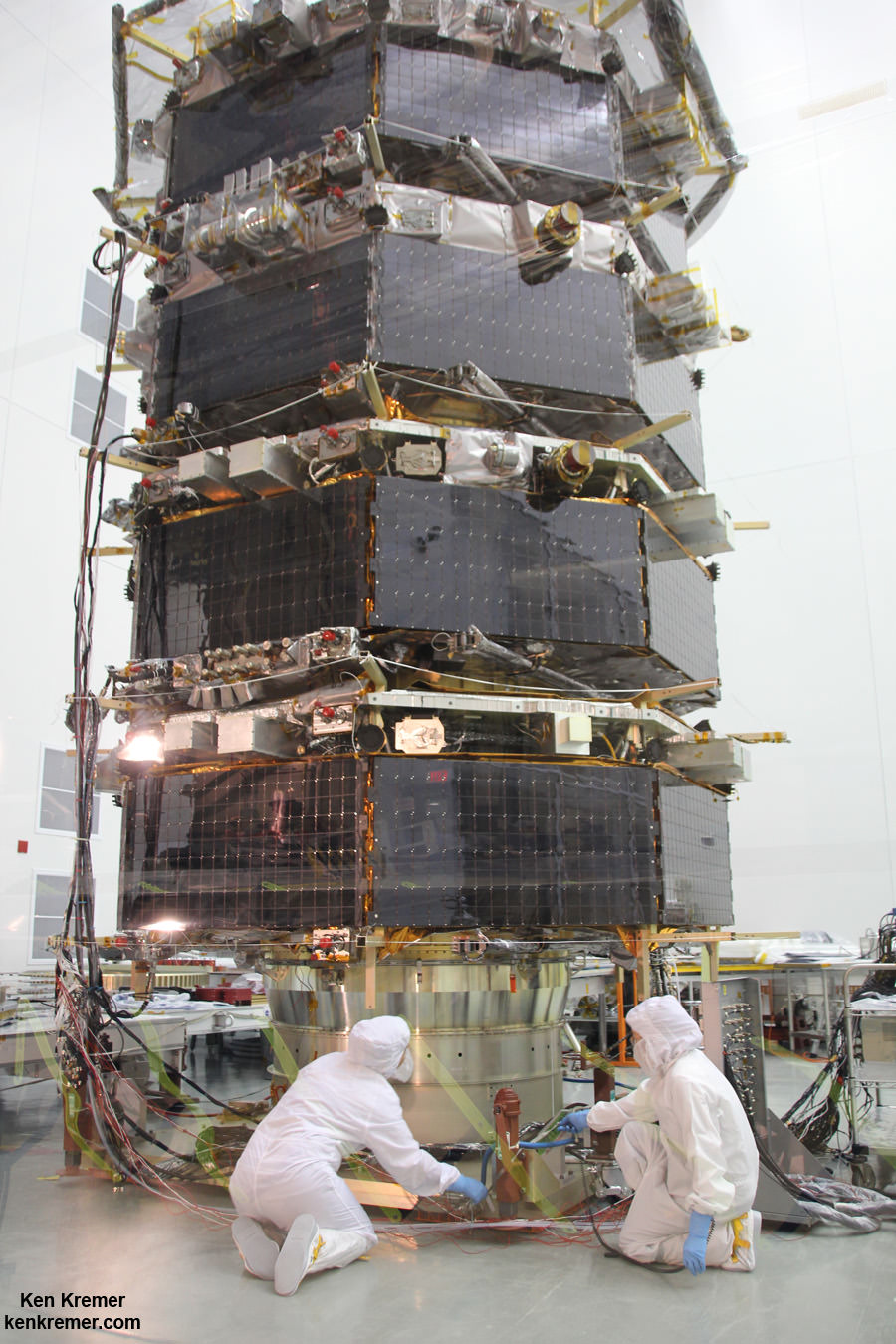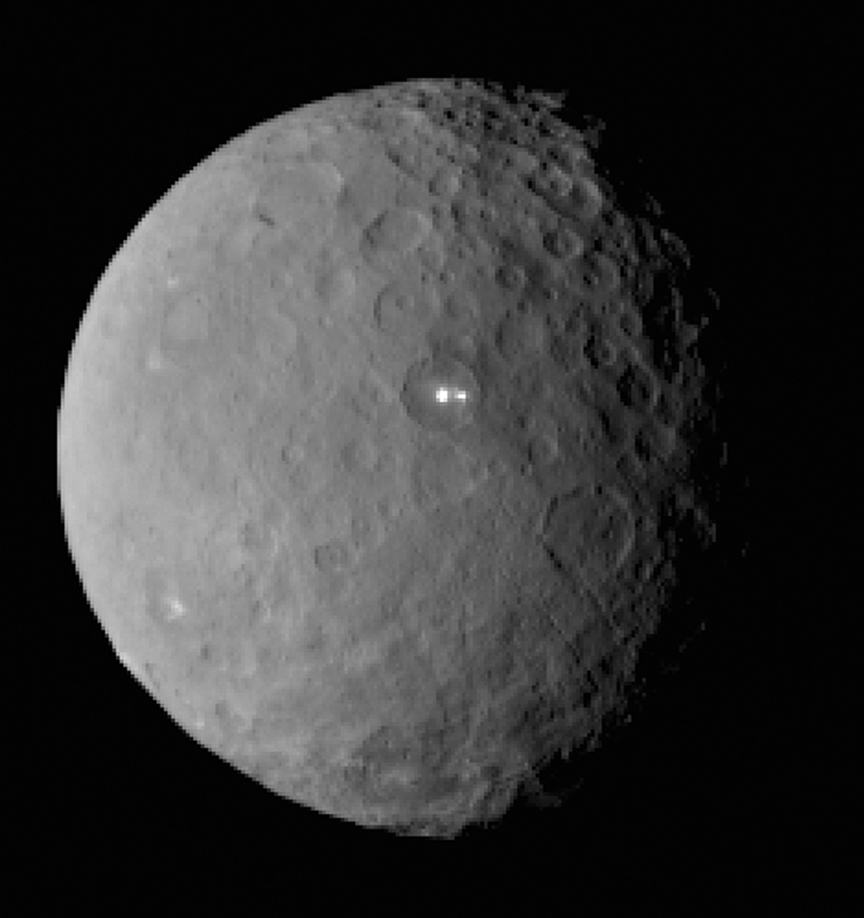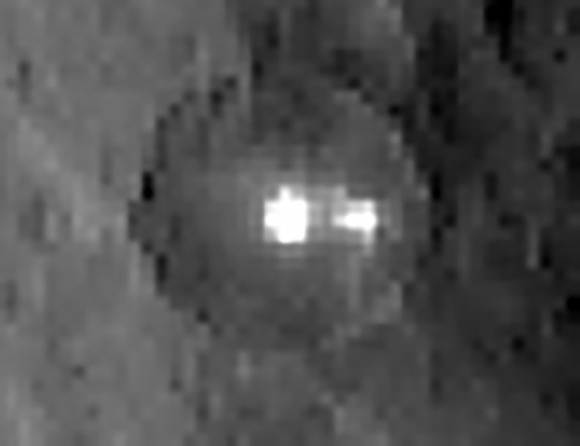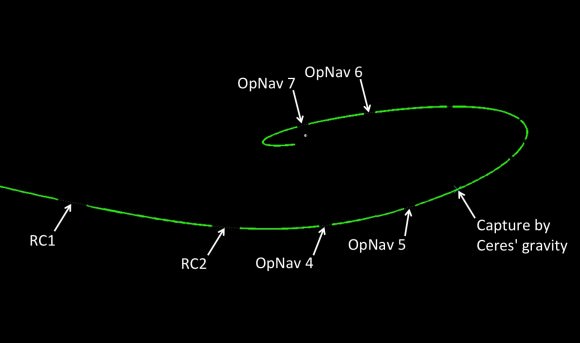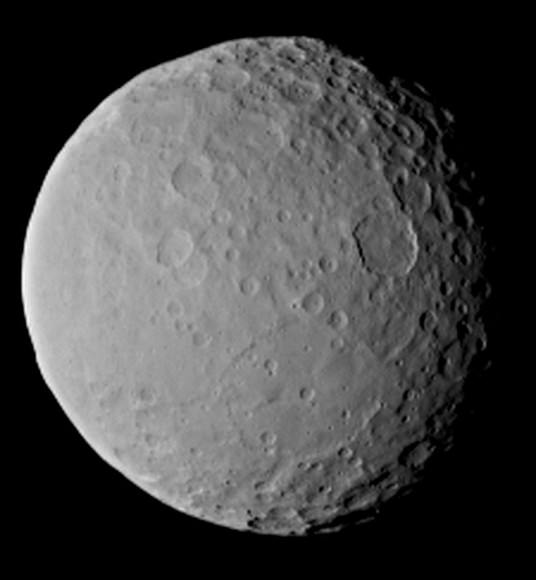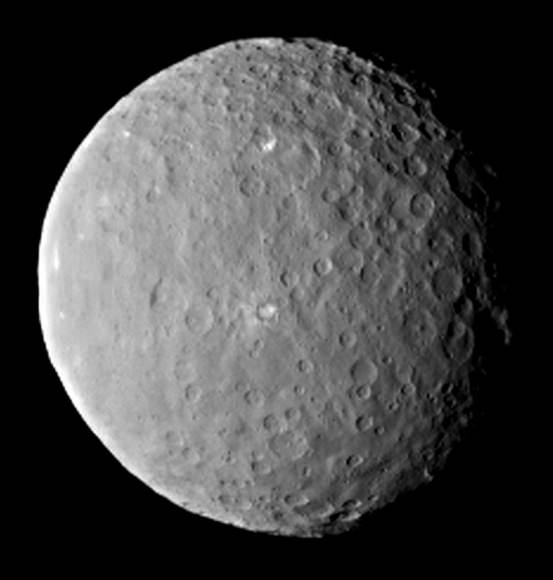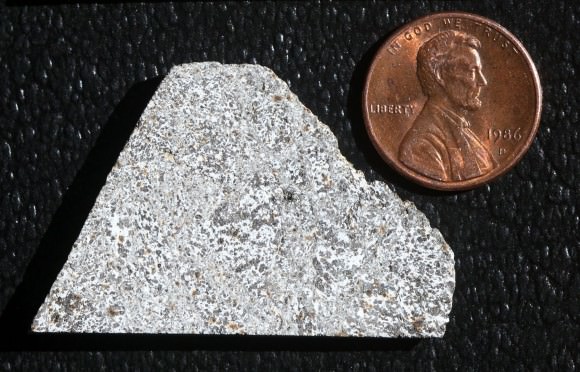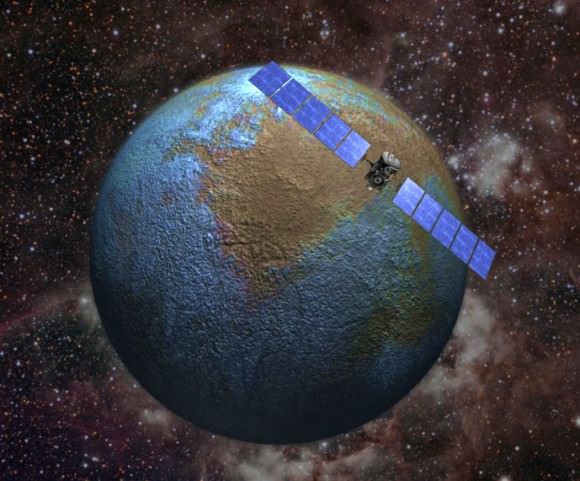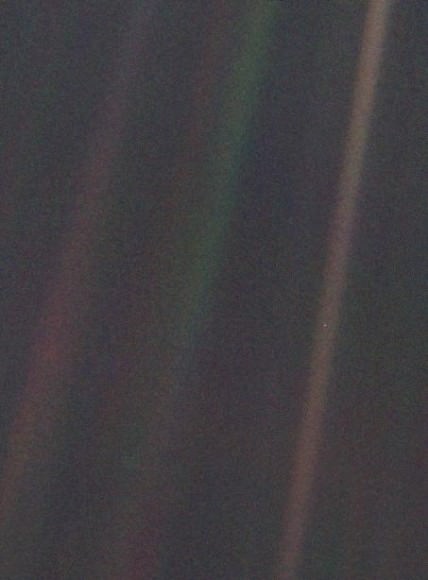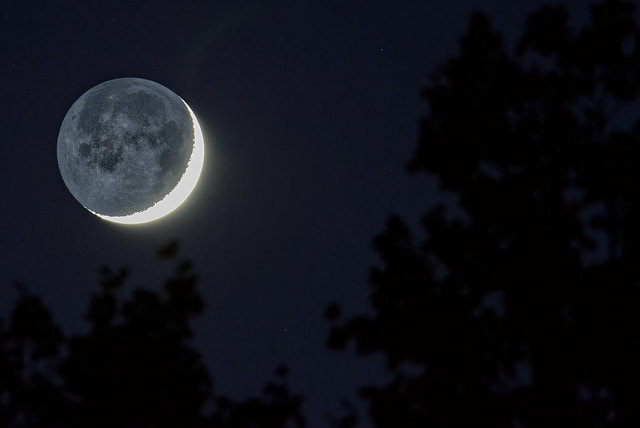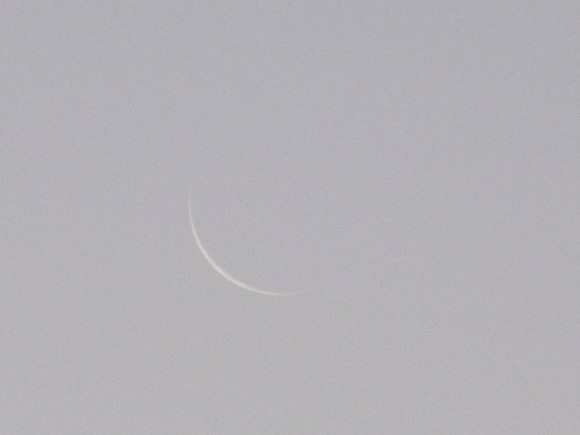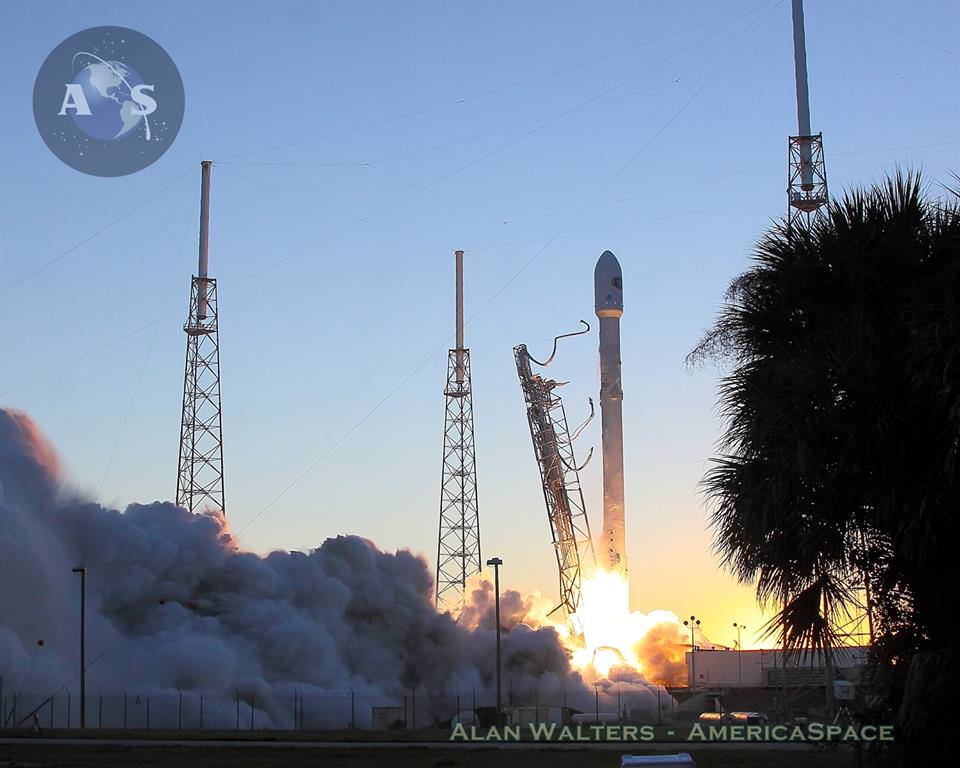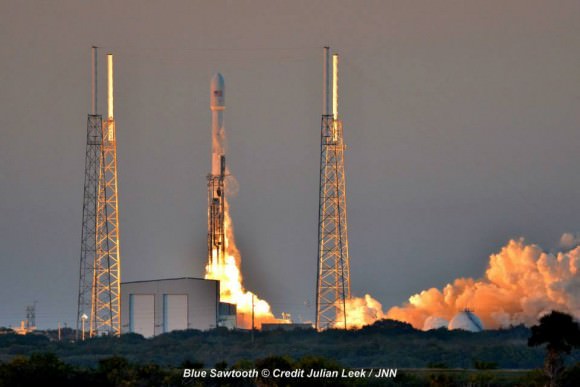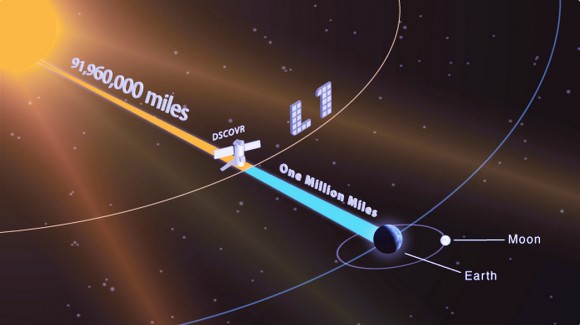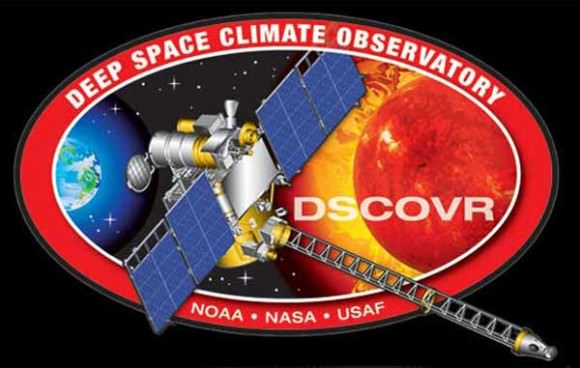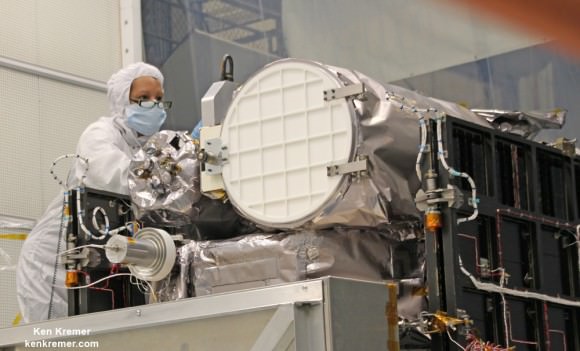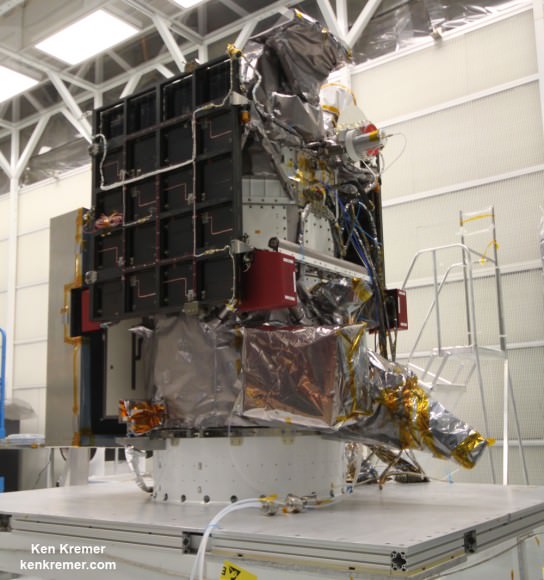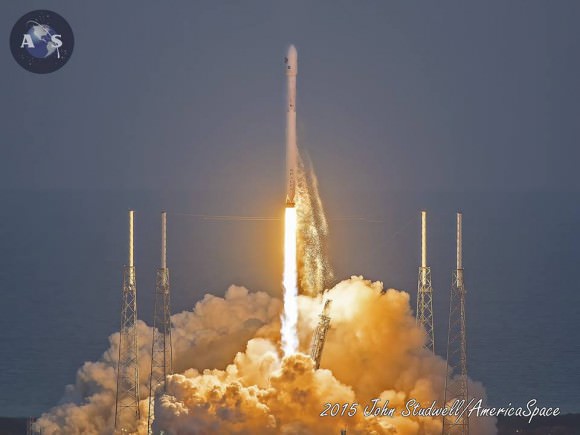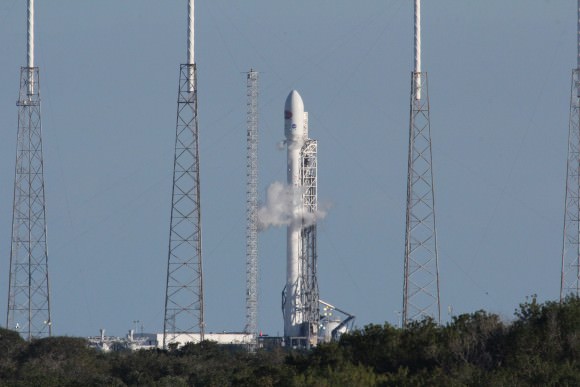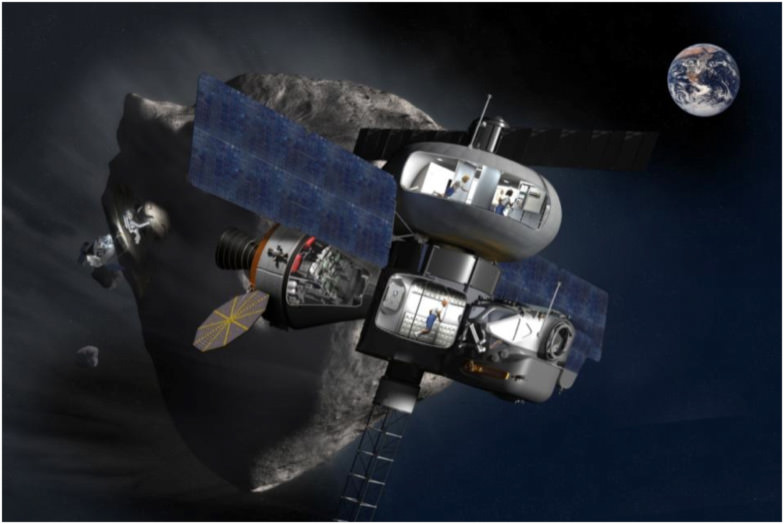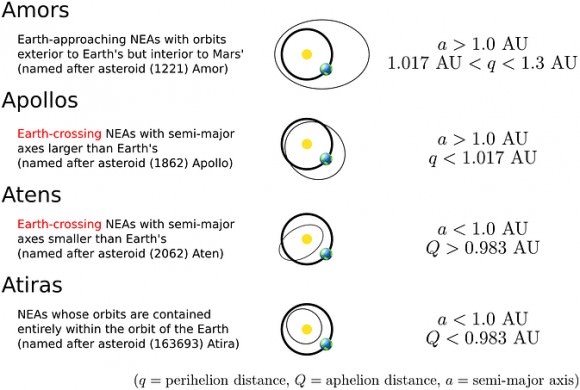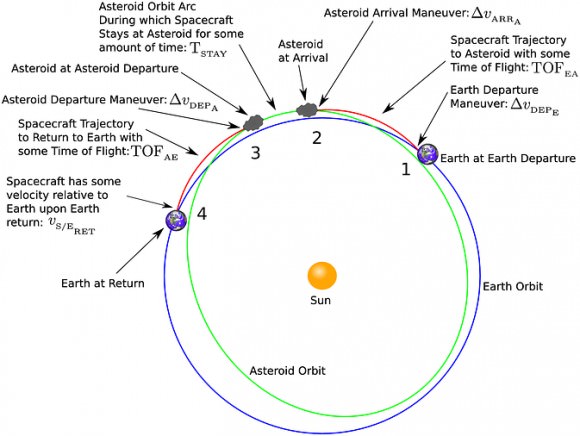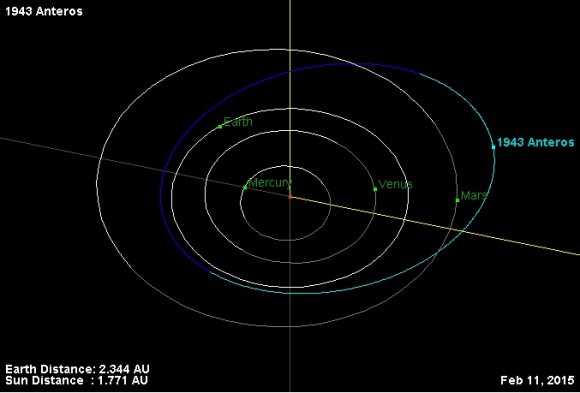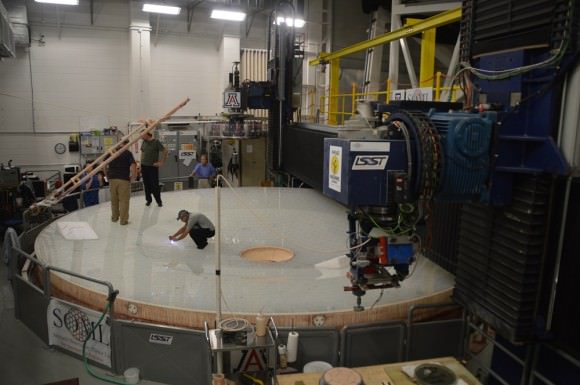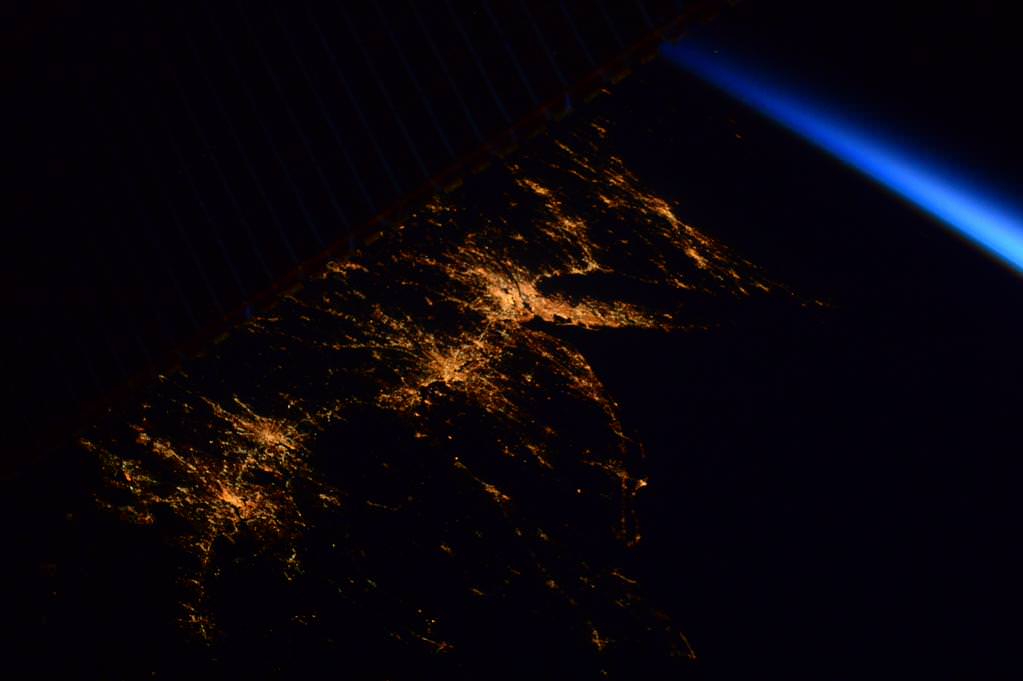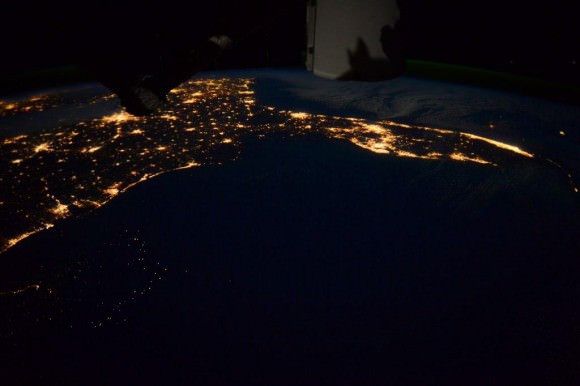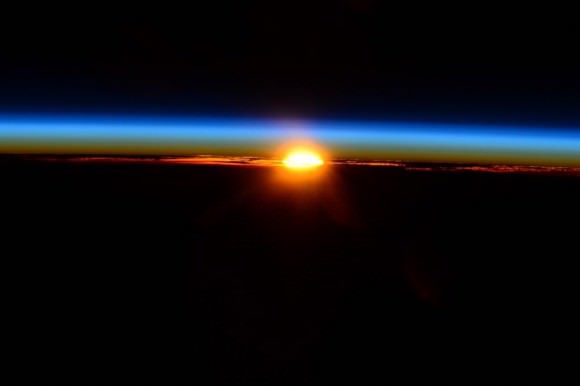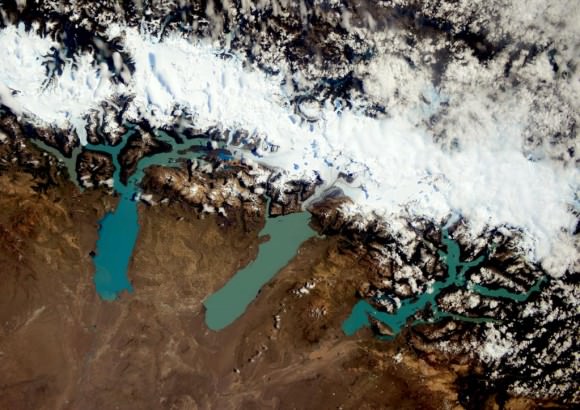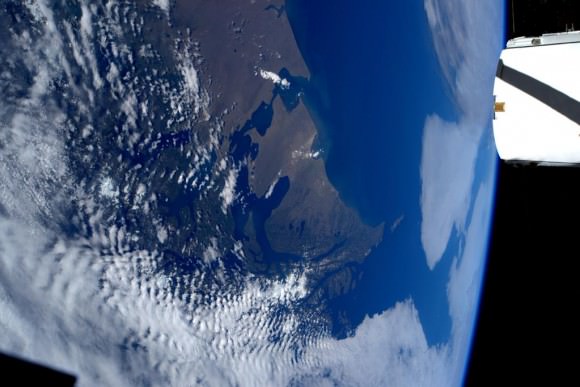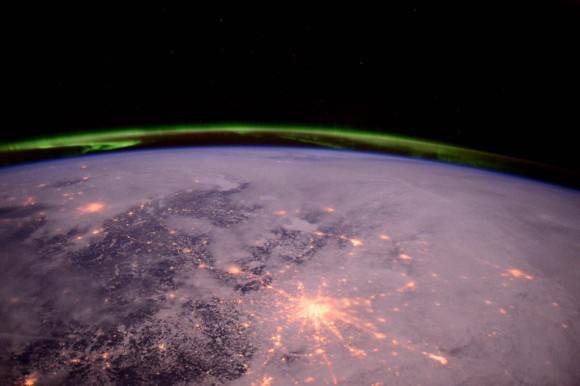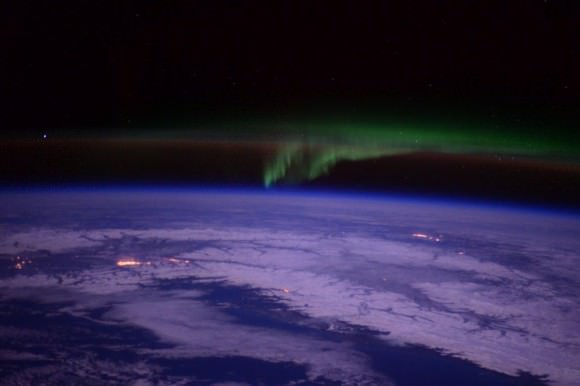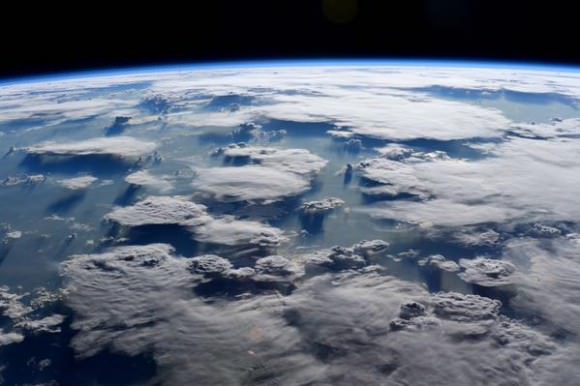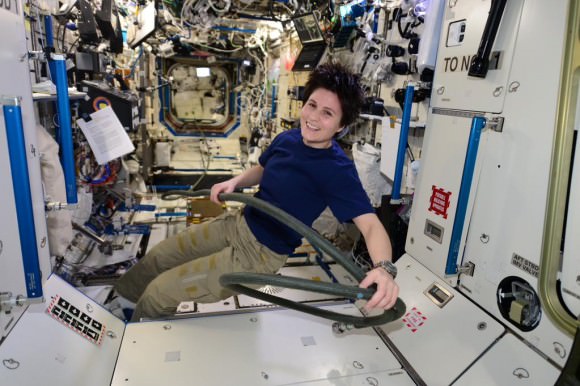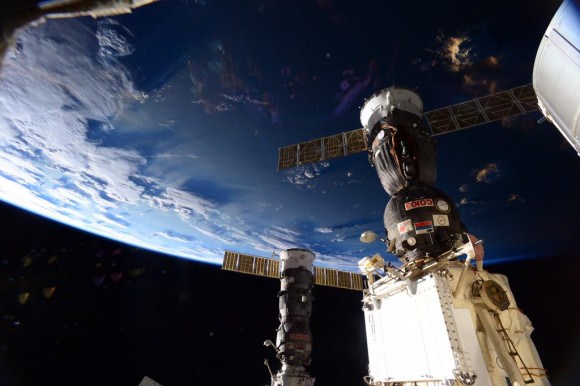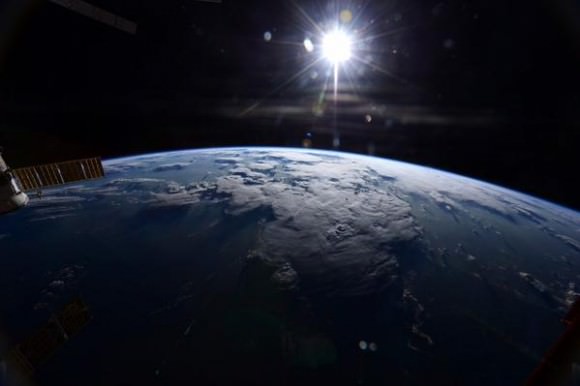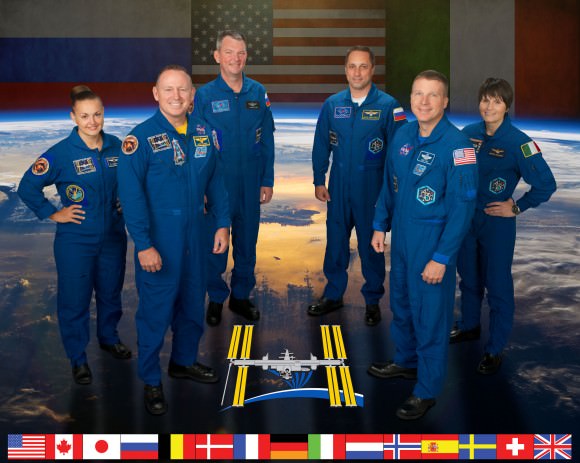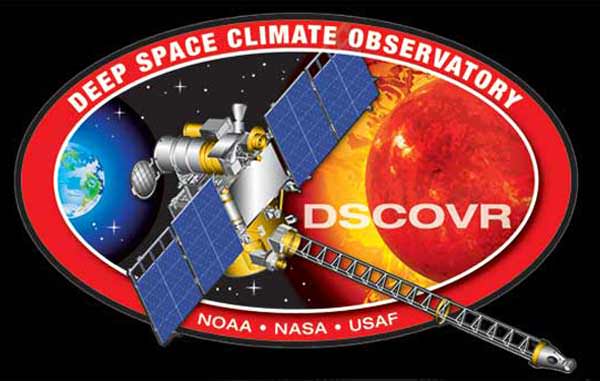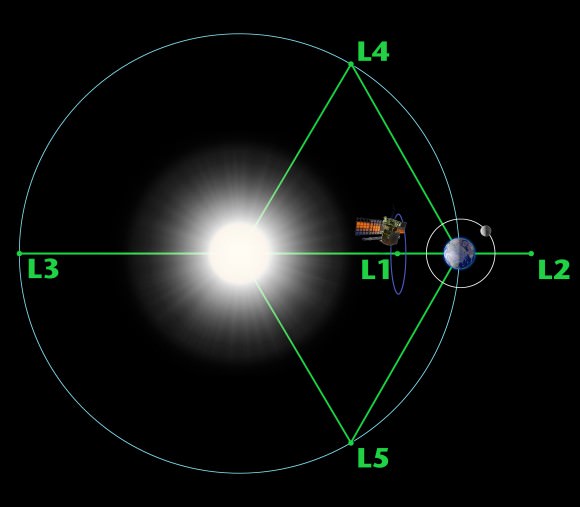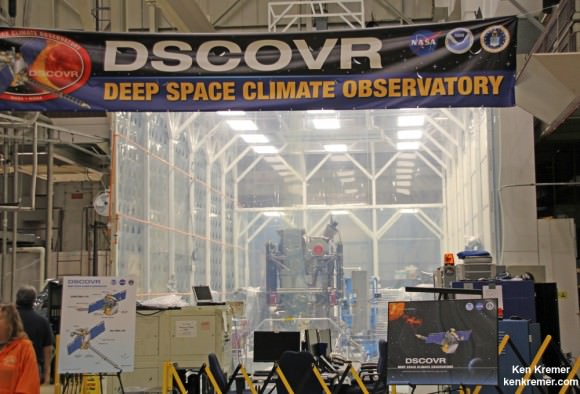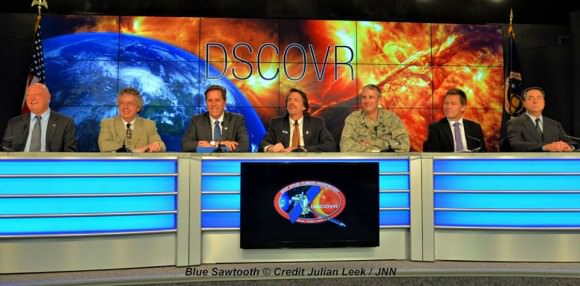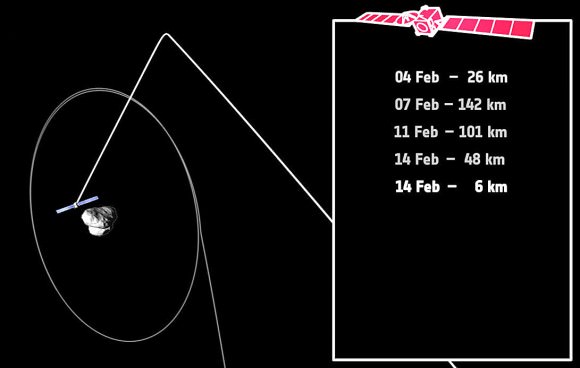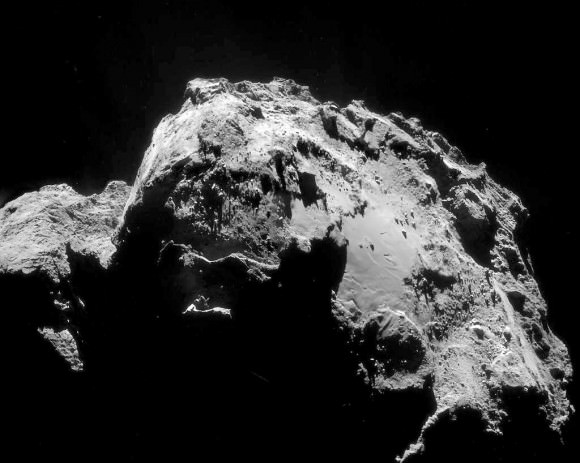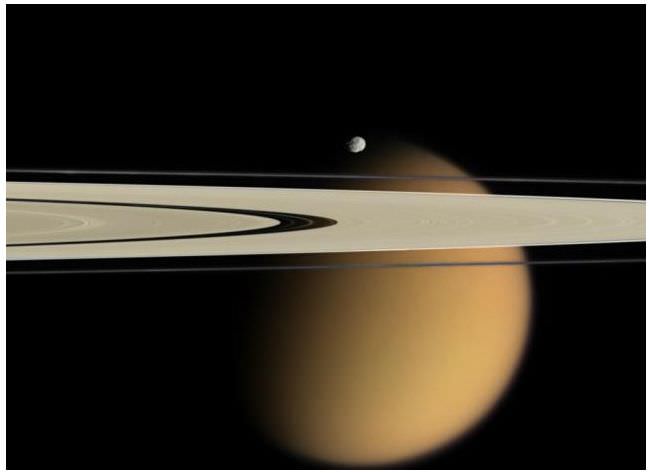NASA’s first mission dedicated to study the process in nature known as magnetic reconnection undergoing final preparation for launch from Cape Canaveral, Florida in just under two weeks time.
The Magnetospheric Multiscale (MMS) mission is comprised of a quartet of identically instrumented observatories aimed at providing the first three-dimensional views of a fundamental process in nature known as magnetic reconnection.
Magnetic reconnection is the process whereby magnetic fields around Earth connect and disconnect while explosively releasing vast amounts of energy. It occurs throughout the universe.
“Magnetic reconnection is one of the most important drivers of space weather events,” said Jeff Newmark, interim director of the Heliophysics Division at NASA Headquarters in Washington.
“Eruptive solar flares, coronal mass ejections, and geomagnetic storms all involve the release, through reconnection, of energy stored in magnetic fields. Space weather events can affect modern technological systems such as communications networks, GPS navigation, and electrical power grids.”
The four MMS have been stacked on top of one another like pancakes, encapsulated in the payload fairing, transported to the launch pad, hoisted and mated to the top of the 195-foot-tall rocket.
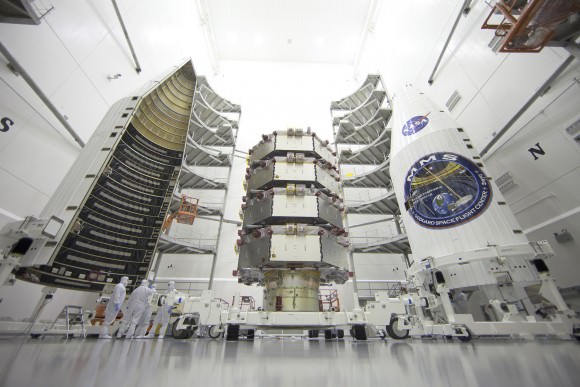
The nighttime launch of MMS on a United Launch Alliance Atlas V rocket should put on a spectacular sky show for local spectators along the Florida space coast as well as more distant located arcing out in all directions.
Liftoff is slated for 10:44 p.m. EDT Thursday March 12 from Space Launch Complex 41 on Cape Canaveral Air Force Station, Florida.
The launch window extends for 30 minutes.
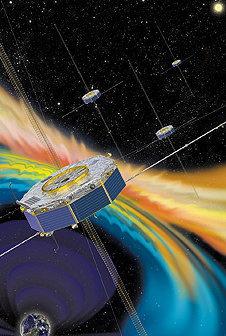
After a six month check out phase the probes will start science operation in September.
Unlike previous missions to observe the evidence of magnetic reconnection events, MMS will have sufficient resolution to measure the characteristics of ongoing reconnection events as they occur.
The four probes were built in-house by NASA at the agency’s Goddard Space Flight Center in Greenbelt, Maryland where is visited them during an inspection tour by NASA Administrator Charles Bolden.
I asked Bolden to explain the goals of MMS during a one-on-one interview.
“MMS will help us study the phenomena known as magnetic reconnection and help us understand how energy from the sun – magnetic and otherwise – affects our own life here on Earth,” Bolden told Universe Today.
“MMS will study what effects that process … and how the magnetosphere protects Earth.”
MMS measurements should lead to significant improvements in models for yielding better predictions of space weather and thereby the resulting impacts for life here on Earth as well as for humans aboard the ISS and robotic satellite explorers in orbit and the heavens beyond.
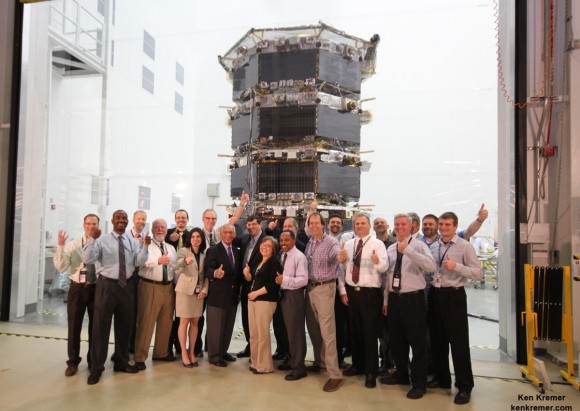
The best place to study magnetic reconnection is ‘in situ’ in Earth’s magnetosphere. This will lead to better predictions of space weather phenomena.
“This is the perfect time for this mission,” said Jim Burch, principal investigator of the MMS instrument suite science team at Southwest Research Institute (SwRI) in San Antonio, Texas.
“MMS is a crucial next step in advancing the science of magnetic reconnection. Studying magnetic reconnection near Earth will unlock the ability to understand how this process works throughout the entire universe.”
Magnetic reconnection is also believed to help trigger the spectacular aurora known as the Northern or Southern lights.
MMS is a Solar Terrestrial Probes Program, or STP, mission within NASA’s Heliophysics Division.
Watch for Ken’s ongoing MMS coverage and he’ll be onsite at the Kennedy Space Center in the days leading up to the launch on March 12.
Stay tuned here for Ken’s continuing MMS, Earth and planetary science and human spaceflight news.
Ken Kremer
………….
Learn more about MMS, Mars rovers, Orion, SpaceX, Antares, NASA missions and more at Ken’s upcoming outreach events:
Mar 6: “MMS Update, Future of NASA Human Spaceflight, Curiosity on Mars,” Delaware Valley Astronomers Assoc (DVAA), Radnor, PA, 7 PM.
Mar 10-12: “MMS, Orion, SpaceX, Antares, Curiosity Explores Mars,” Kennedy Space Center Quality Inn, Titusville, FL, evenings

